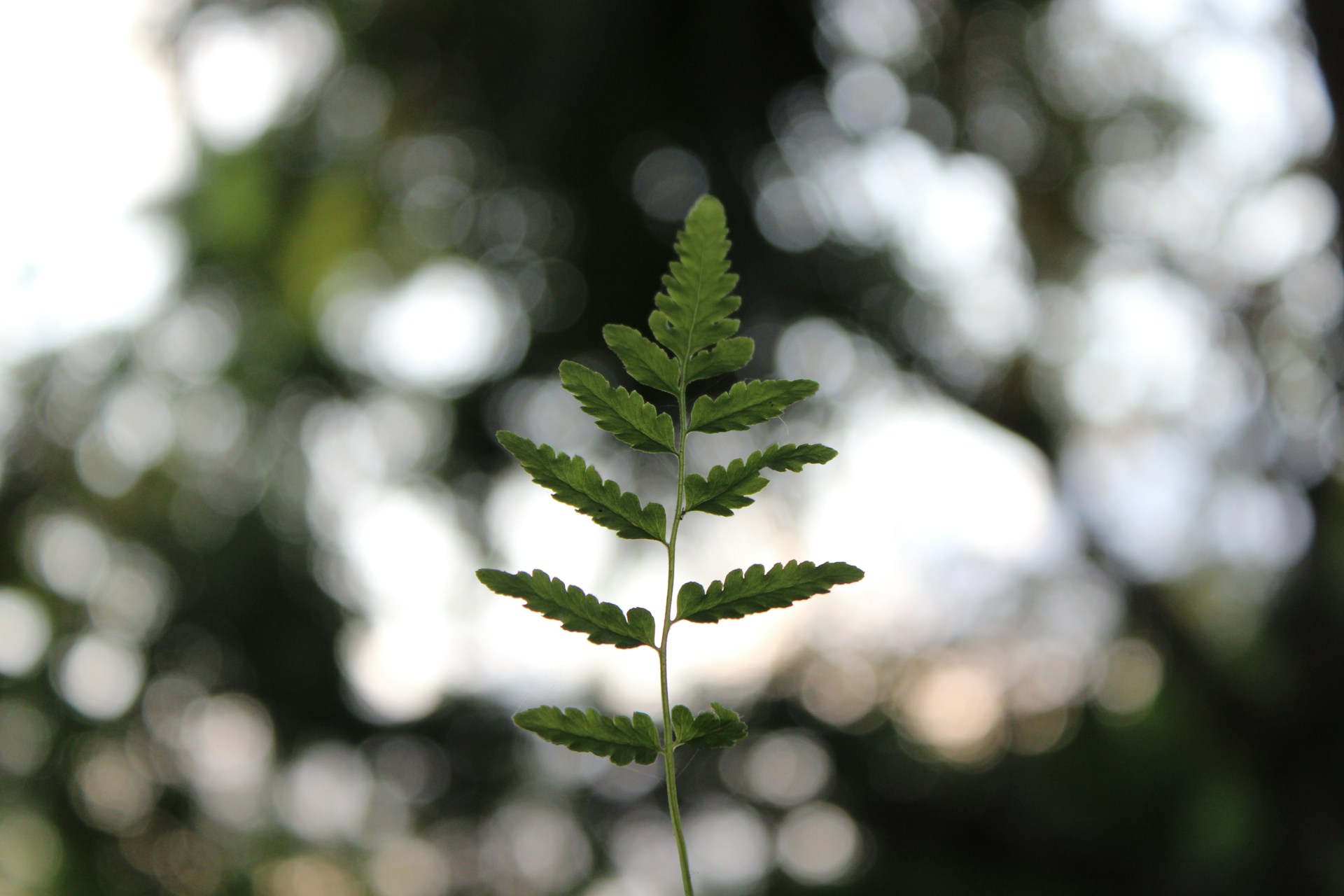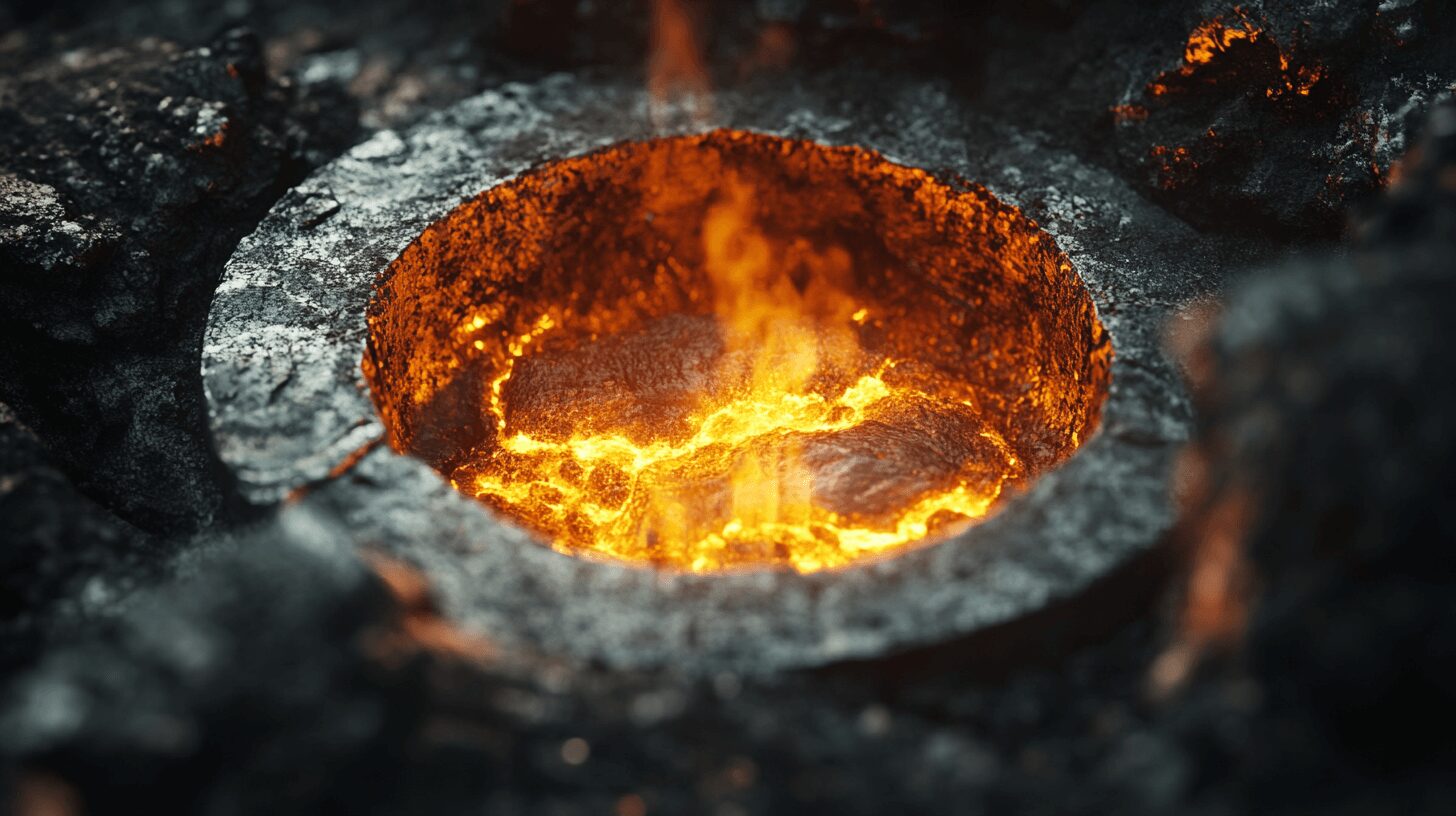
7 Ways Mount Etna’s Eruption Impacts Sicily’s Ecosystems
July 24, 2025 - Ellie Gabel
Revolutionized is reader-supported. When you buy through links on our site, we may earn an affiliate commission. Learn more here.
Mount Etna, located on the east coast of Sicily, is Europe’s most active volcano and one of the most closely monitored in the world. With a long history of explosive and effusive eruptions, its activity is far more than a geological event. Each eruption transforms the surrounding landscape, influences regional hydrology and initiates complex ecological processes.
Explore the many ways Mount Etna’s eruption impacts the ecosystems of Sicily, from soil creation and water systems to biodiversity and agriculture.
Impacts on Sicily’s Ecosystems
- Soil Formation and Nutrient Dynamics
Volcanic eruptions initiate a full reset of soil systems. Lava flows and ash deposits remove existing organic material but introduce mineral-rich substrates. Weathering of basaltic lava releases calcium, magnesium, potassium and iron, providing essential nutrients for plant colonization. Pioneer species such as mosses and lichens are the first to settle, gradually accumulating organic matter and stabilizing the terrain.
Over time, volcanic ash transforms into andisols — soils rich in minerals and organic content. These soils retain nutrients and moisture well, supporting more complex plant communities. Studies near Etna’s flanks show that even areas with frequent eruptions develop productive soils capable of supporting forests, crops and diverse microbial life within decades.
- Changes in Hydrology and Water Balance
Eruptions disrupt local hydrology in both visible and hidden ways. Lava and tephra often block existing waterways, redirecting surface runoff and altering spring systems. Subsurface water flow changes due to heat and chemical input, shifting aquifer recharge rates and modifying water availability downstream.
Gas emissions such as carbon dioxide and sulfur dioxide dissolve into soil moisture and groundwater, altering pH and mineral content. This has downstream effects on plant communities and aquatic habitats. Tree-ring isotope studies near Etna suggest that pre-eruptive gas release also affects soil moisture levels, changing plant water use and influencing ecosystem productivity.
- Atmospheric Deposition of Sulfur and Metals
Mount Etna’s eruption releases sulfur dioxide, fluorine, chlorine and trace metals like cadmium, mercury and uranium into the atmosphere. These volcanic emissions contribute to acid deposition, which can affect nearby ecosystems.
However, it’s not only natural sources at work. The gasoline industry accounts for 29% of U.S. emissions, releasing high concentrations of sulfur dioxide and nitrogen oxides that also contribute to acid rain. In regions with both volcanic and human emissions, acid deposition may become more intense and frequent, accelerating changes in soil chemistry and plant health.
Acidic deposition can damage vegetation, particularly sensitive species like lichens and mosses. However, it can also enrich nitrogen-poor systems by delivering sulfate and other compounds that stimulate plant growth. Fluorine has been found in pine needles, and mercury in groundwater, raising concerns about long-term ecological and health risks. These deposits may also enter food webs, accumulating in soil organisms, herbivores and predators.
- Vegetation Succession and Biodiversity
After an eruption, landscapes go through ecological succession. Initial plant communities consist of fast-growing, drought-resistant species that stabilize the soil. Over time, these are replaced by more complex and specialized species, including endemic trees like the Etna birch and oak.
Satellite imagery and dendrochronological data show that vegetation begins to recover quickly in areas with moderate ashfall and lava coverage. Tree rings near Etna have revealed shifts in carbon and oxygen isotopes before and after eruptions, suggesting trees respond to both physical and chemical changes in their environment. Over decades, many native species re-establish, indicating strong resilience to volcanic disturbance.
This recovery process, however, is influenced by several factors including elevation, slope orientation and frequency of eruptions. South-facing slopes may experience faster regrowth due to higher solar exposure, while higher elevations may recover more slowly due to cooler temperatures and thinner soils.
Areas that experience repeated eruptions within short intervals may have reduced biodiversity, as plants have less time to establish before being disturbed again. These patterns highlight how microclimates and disturbance frequency shape long-term vegetation dynamics on volcanic landscapes like Mount Etna.
- Faunal Responses and Food Web Shifts
Animal life also responds dramatically to volcanic activity. Ash covers vegetation and soil, disrupting insect populations and reducing the availability of food for birds and small mammals. Invertebrates ingest volcanic particles, and trace metals enter the food chain.
Pollination and seed dispersal services decline immediately after eruptions but often recover as vegetation returns. Some animals are able to recolonize quickly, while others may take longer or show reduced reproductive success due to toxic accumulation. Ongoing research explores how heavy metals from volcanic fallout influence animal physiology and behavior in areas surrounding Mount Etna.
- Effects on Agriculture and Human-Landscape Interaction
Mount Etna’s fertile soils have supported agriculture for centuries, especially citrus plantations and olive groves. However, eruptions periodically destroy farmland, bury crops and contaminate irrigation systems. Farmers have adapted with lava diversion methods, terracing and strategic planting cycles to reduce losses during active periods.
While the long-term benefits of volcanic soil are well recognized, short-term effects can be devastating. Trace elements like mercury and fluorine can enter drinking water and food supplies. Monitoring and filtering of irrigation water are now vital for protecting human and livestock health in affected communities.
- Volcano Ecology Feedback and Forecasting
Modern volcano monitoring uses seismic sensors, gas analyzers and satellite imaging to predict eruptions. Increasingly, ecological indicators such as plant health, tree-ring chemistry and soil nutrients are being integrated into these systems. For example, vegetation greening before eruptions has been linked to increased gas release and soil moisture.
These ecological feedbacks can provide additional warning signals and improve early detection. Coupling ecological models with geophysical monitoring may offer better forecasts and support more resilient land management strategies. Mount Etna serves as a living laboratory for this interdisciplinary approach.
Ecological Reset and Recovery on Mount Etna
Mount Etna’s eruption continually reshapes Sicily’s ecosystems. Each event resets soils, changes water flow, alters plant communities and affects animal life.
Despite the destruction, these ecosystems show a high capacity for recovery. Human communities adapt alongside, making use of the volcano’s rich soils and developing methods to reduce risks. Integrating ecological data into volcanic monitoring can enhance forecasting and help protect both nature and people.
Continued research across earth science, ecology, and public health will be essential for understanding the long-term impacts and opportunities of Mount Etna’s eruption, and living in such close proximity to a volcano.
Revolutionized is reader-supported. When you buy through links on our site, we may earn an affiliate commission. Learn more here.
Author
Ellie Gabel
Ellie Gabel is a science writer specializing in astronomy and environmental science and is the Associate Editor of Revolutionized. Ellie's love of science stems from reading Richard Dawkins books and her favorite science magazines as a child, where she fell in love with the experiments included in each edition.







